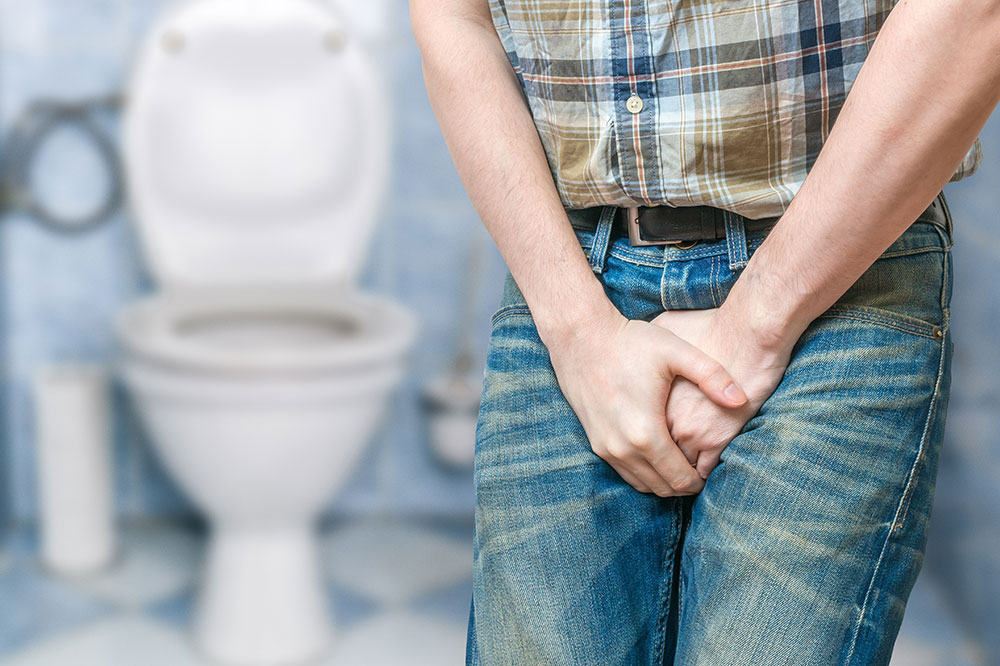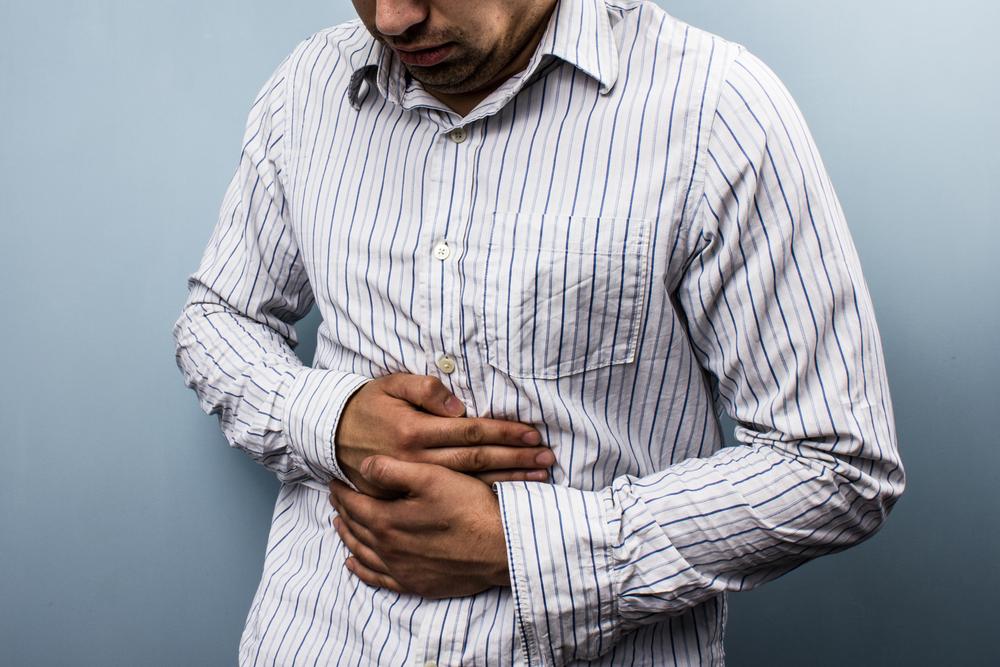Decoding Your Stool: What It Reveals About Your Health
Learn how stool color reveals much about your health. This guide explains common stool shades and their possible causes, from diet to serious conditions, and offers tips for maintaining healthy digestion. Recognizing these signs can prompt timely medical advice—ensuring better health understanding and proactive care.
Sponsored

Many health indicators can be observed through your stool, which provides crucial insights into your overall well-being. The color, texture, amount, and consistency of your stool change with diet and health conditions. A stool color chart illustrates various stool shades and their potential health implications, helping you interpret what your stool might be telling you.
This article offers a straightforward guide to understanding stool color differences and how to interpret them accurately.
Why does stool color vary?
Changes in stool color are common and often harmless, but sometimes they signal underlying health issues. For example, rapid digestion from diarrhea prevents bile breakdown, causing color shifts. Excessive leafy greens can turn stool green, while medications, alcohol, or bleeding within the digestive tract can alter its color significantly.
Diarrhea causes rapid transit, affecting bile breakdown.
High intake of green vegetables can give stool a green hue.
Medications and drugs can temporarily change stool color.
Alcohol consumption impacts stool appearance.
Significant color changes may indicate internal bleeding or gastrointestinal issues.
Color variations in stool and their meanings:
Light to Dark Brown: Typical healthy stool range.
Medium Brown: Indicates good health.
Green: Often from diarrhea or high leafy vegetable intake.
Light White/Clay-colored: Possible bile duct blockage; consult a doctor if persistent.
Yellow: Excess fat or potential gluten sensitivity; see a healthcare professional if it persists.
Red: Might signal hemorrhoids or bleeding; dietary factors like beets can also cause this color.
Black: Serious concern indicating upper gastrointestinal bleeding; consider medical attention, especially if accompanied by other symptoms.
How to promote healthy stool:
Support your gut health: Increase fiber intake from whole grains, vegetables, and legumes.
Limit sugar and caffeine: Reducing these can improve digestive health.
Stay well-hydrated: Adequate water intake ensures proper stool consistency and odor control.
Be cautious with medication: Avoid unnecessary drugs that disrupt gastrointestinal functions.
While stool color charts aren't definitive diagnostics, they serve as useful guides to determine if medical consultation is needed based on your stool appearance.






